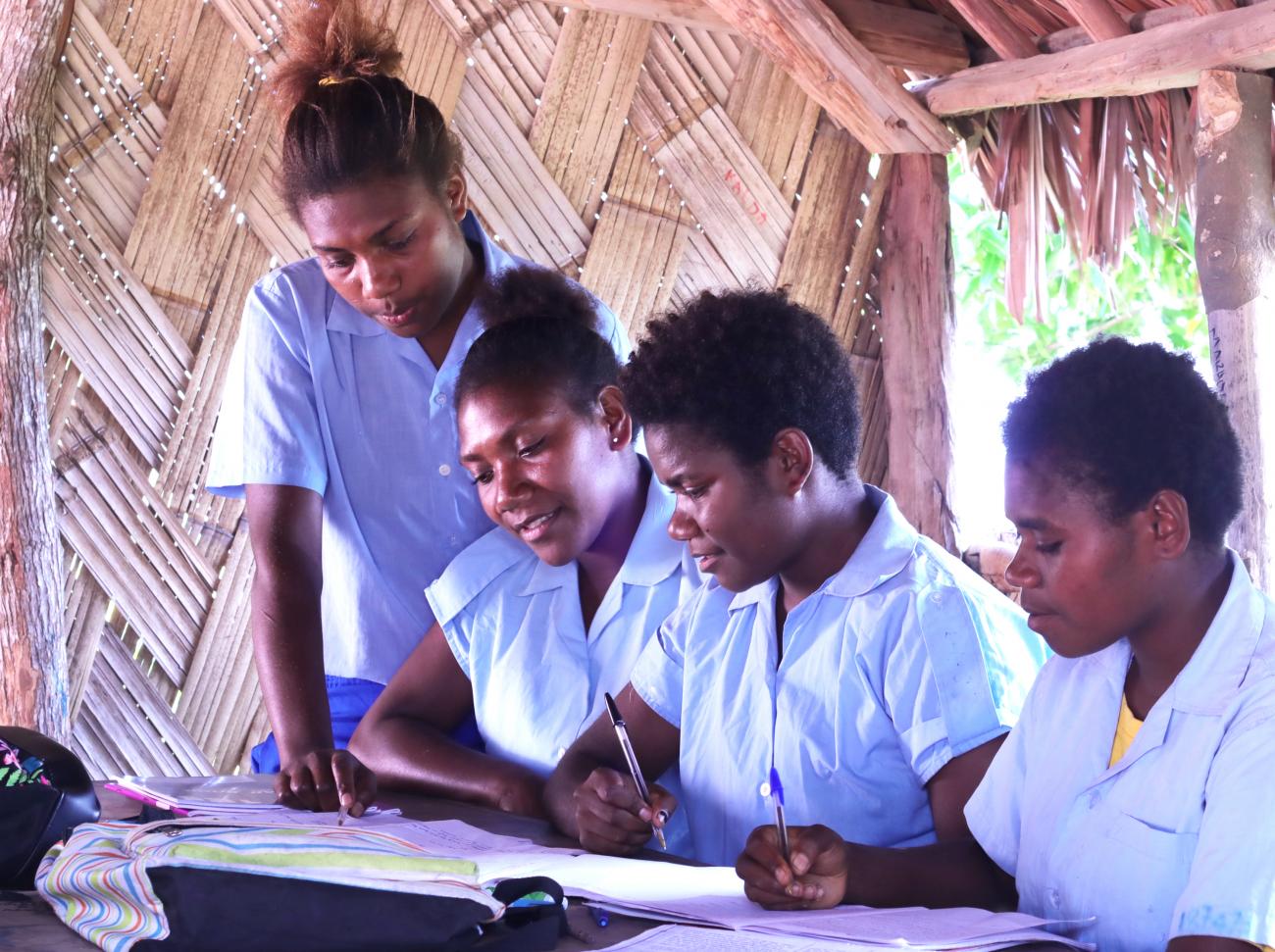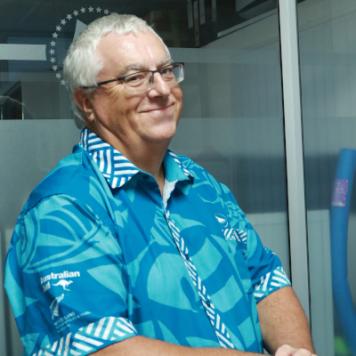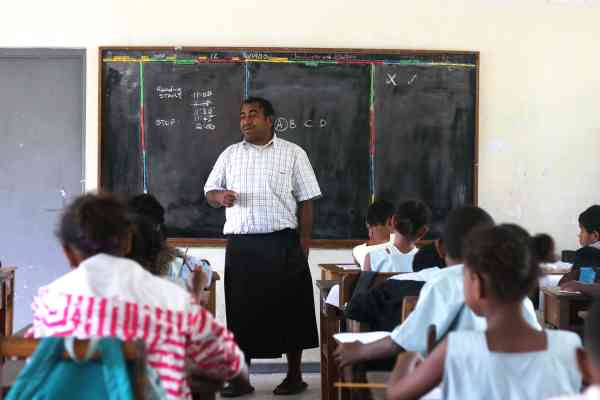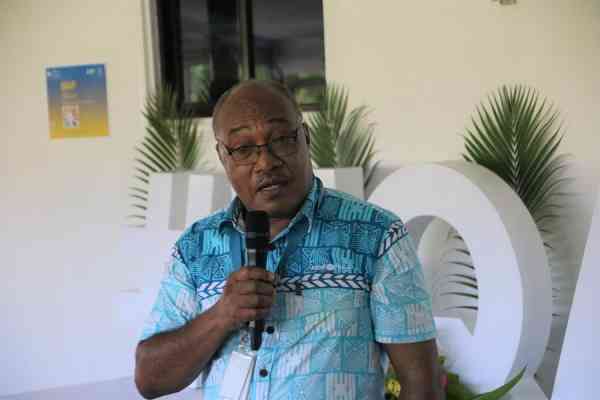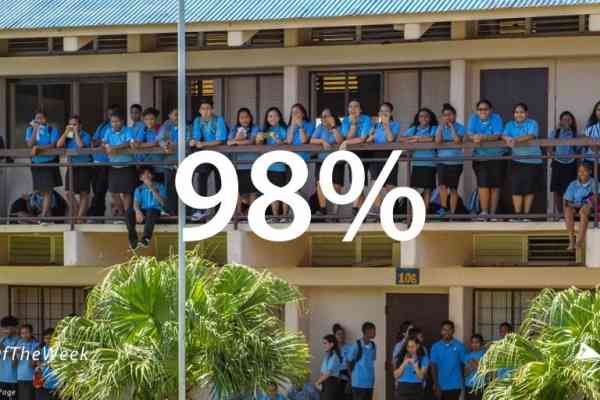What are the education realities for Pacific learners? Do the education systems of Pacific nations deliver quality education? Are most students achieving the expected learning outcomes, or are too many of them falling behind? Are Pacific students being equipped with the necessary skills to help them succeed in their career ambitions?
These are just a few of the questions that the new “Status of Pacific Education 2020” report has addressed, in what is the first public document to comprehensively capture key performance indicators for education in the region. The report documents the common strengths and shared challenges of Pacific education systems over the last five years.
Compiling this kind of landmark report required current and reliable data, something the region has historically struggled with across most sectors because of lack of resources, expertise, time and finances.
However, with the technical assistance of the United Nation’s Educational, Scientific and Cultural Organisation’s (UNESCO) Institute of Statistics (UIS) and funding support from the New Zealand and Australian governments, the Pacific Community’s education arm (the Educational Quality and Assessment Programme, EQAP) has been helping build capacity with Pacific ministries’ data officers and researchers, and successfully advocating for more dedicated resources towards creating and maintaining robust Education Management Information Systems (EMIS). The investments have gone a long way towards ensuring that data officers and researchers are better equipped and better trained.
The new report documents the common strengths and shared challenges of Pacific education systems over the last five years and highlights key development in the sector. One positive result is the significant drop in the number of out-of-school primary school-aged children. In fact, more primary school-age children are completing primary education, and the number of Pacific children who attend early childhood education is increasing every year.
Another interesting finding relates to the Pacific governments’ investment in education. This is quantified by the percentage of government expenditure on education. In 2019, education recurrent expenditure as a percentage of total government expenditure was between 11 per cent and 18 per cent for most Pacific countries. The only exception was the Solomon Islands which spent almost 38 per cent of the government budget. Recurrent spending on primary education as a percentage of the education budget ranged from 24 to 39 per cent. The report projects that the percentage of government expenditure in education will increase over the next five years.
Recurrent expenditure in education, 2019
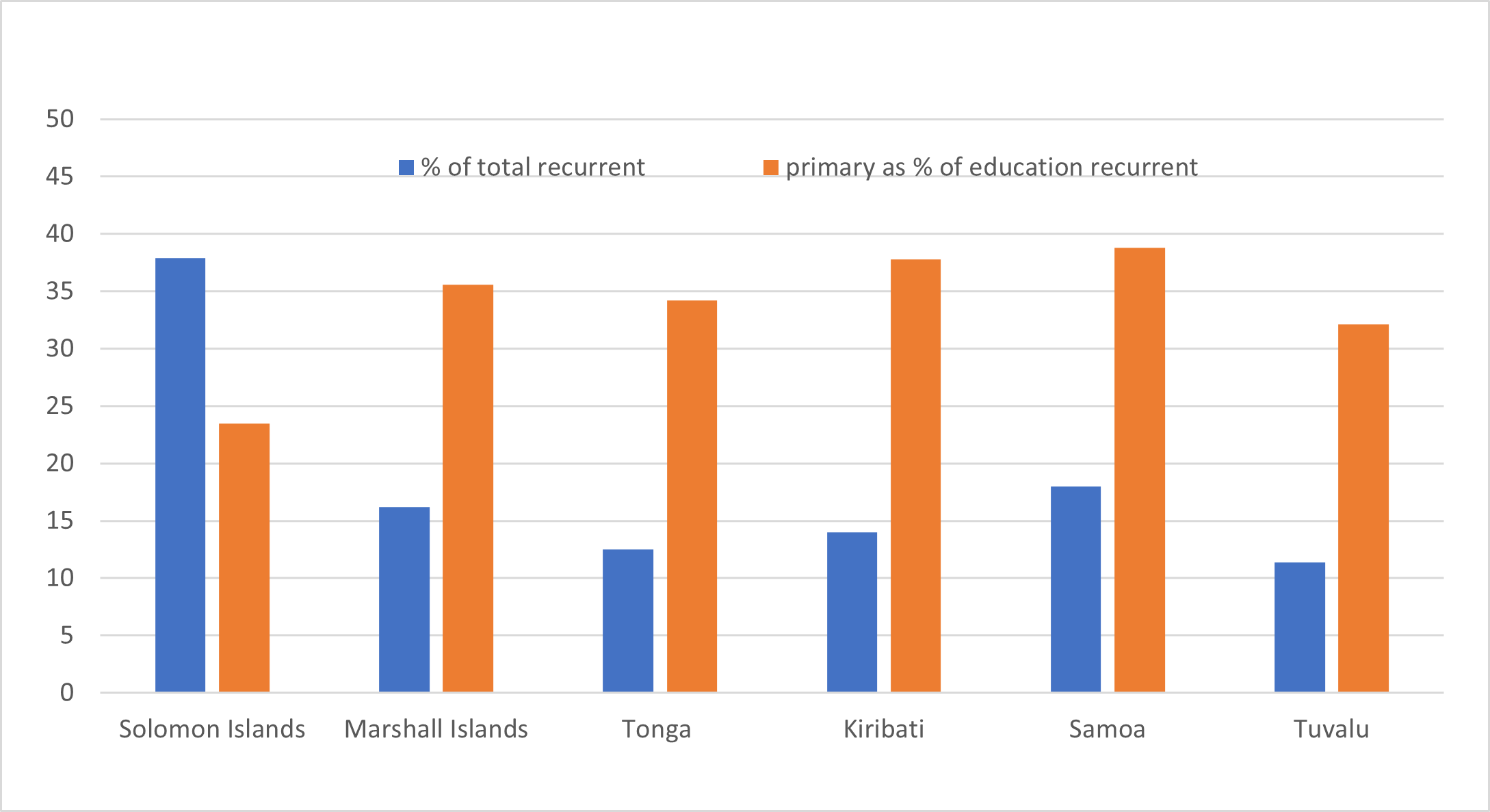
Such insights are useful to education administrators and development partners, as well as to taxpayers and the wider public. This basic information serves as a starting point to understanding the extent and impact of government’s investments and priorities.
In regard to teachers, the report finds that while most of the Pacific’s teachers have received at least the minimum required amount of formal pedagogical teacher training, either pre-service and/or in-service, most of these trained teachers are in primary education. This means a significant number of secondary school teachers have yet to complete the minimum formal teacher training. This less-than-ideal situation at the secondary level is further compounded when one considers the student–teacher ratio by location statistics, which shows the extent of overcrowding that is common in urban schools.
There are several other key indicators that this education report details. All in all, it underscores the need for a collective response to some of these specific challenges that influence the quality of Pacific education. These challenges fall in the policy areas that the Pacific Regional Education Framework (PacREF) is mandated to tackle. Many of the specific activities needed to resolve these challenges have started. The Status of Education Report 2020 is one of these ongoing activities. It complements all the PacREF efforts by collating timely, reliable data. Already, preparatory work on the next report, scheduled for release next year, has begun and will likely cover even more indicators to better measure the overall health of the Pacific’s education systems.
As more insightful education data is gleaned and becomes available, either through the next Status of Pacific Education Report or countries’ annual education digests, it is hoped that the clarity these offer will motivate the Pacific’s people to become more engaged and participate in shaping a more successful and equitable education system.
